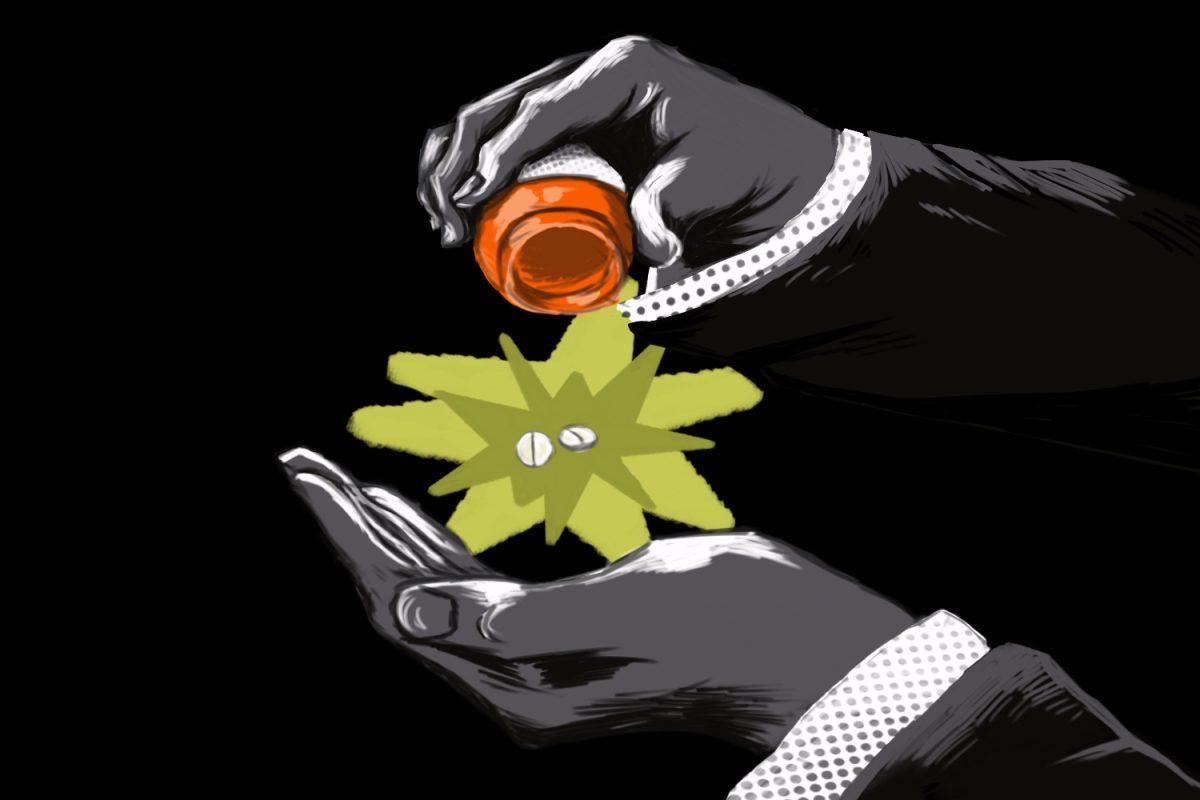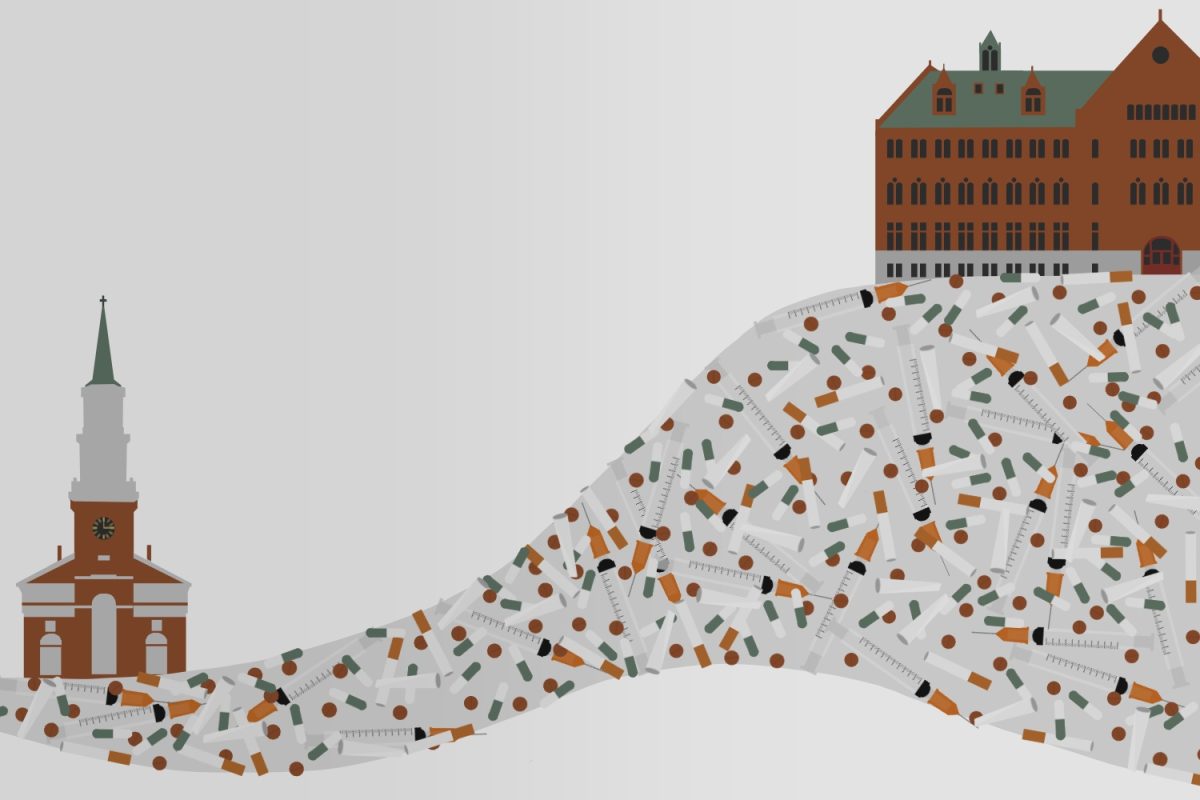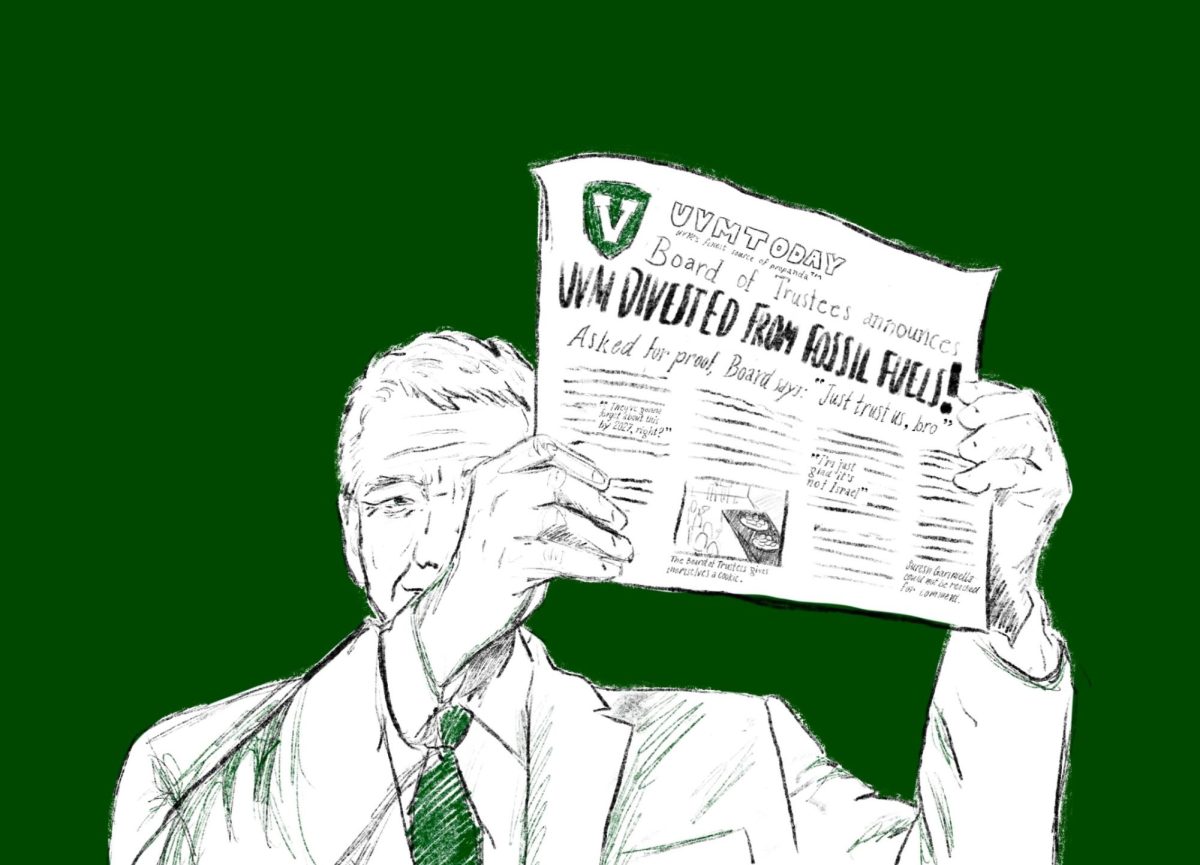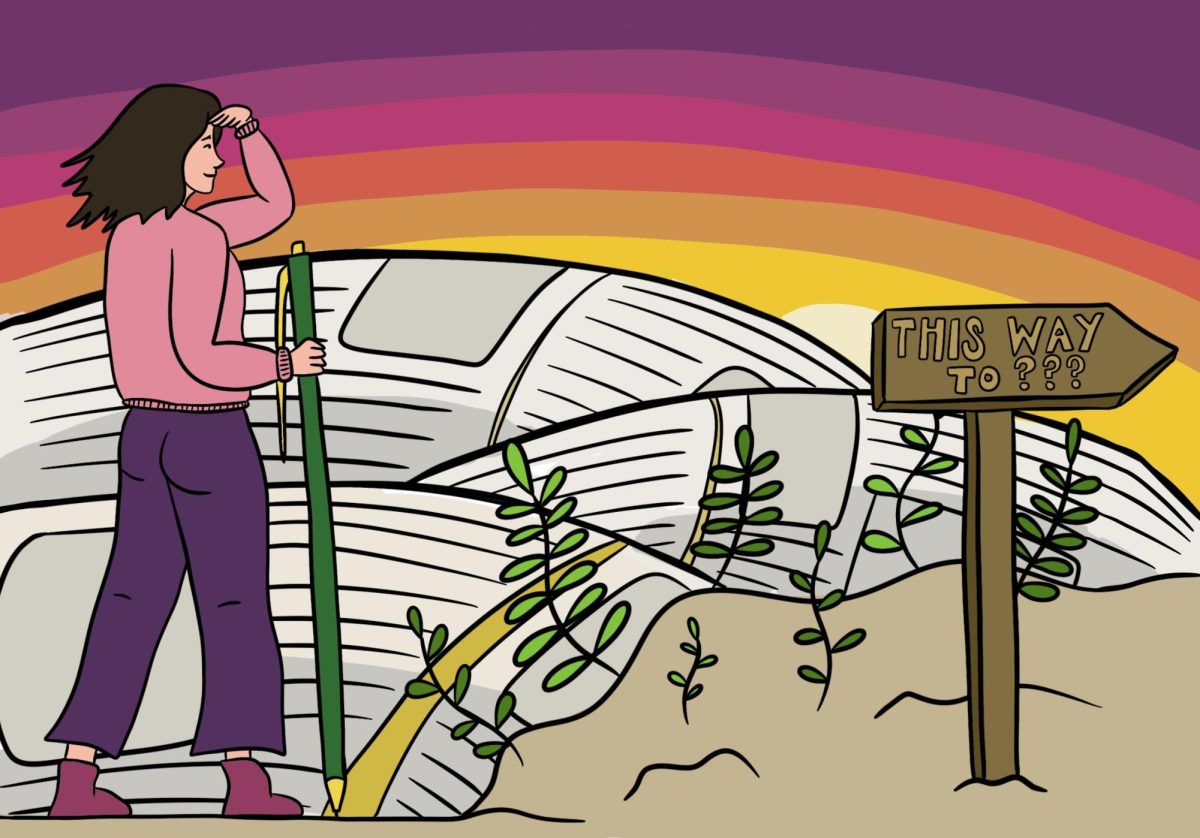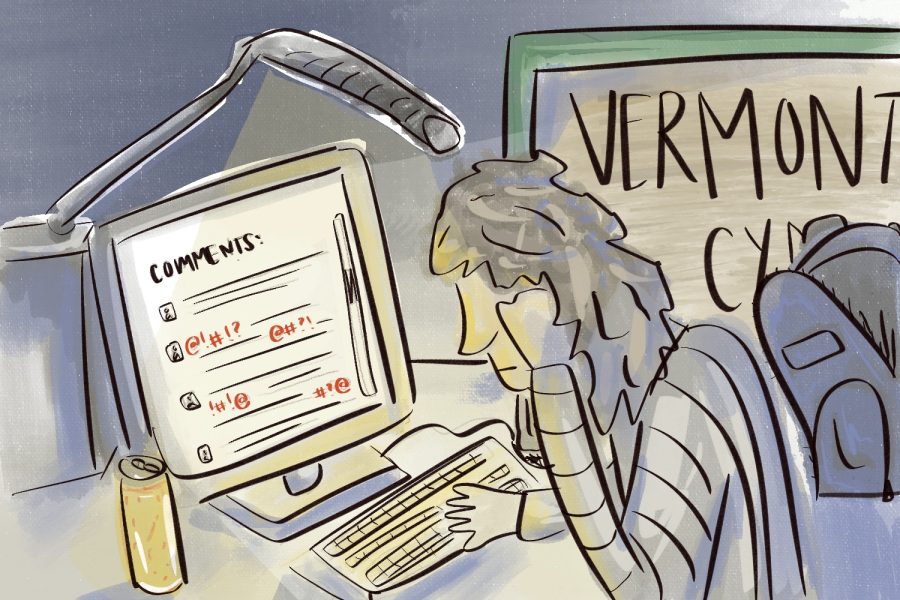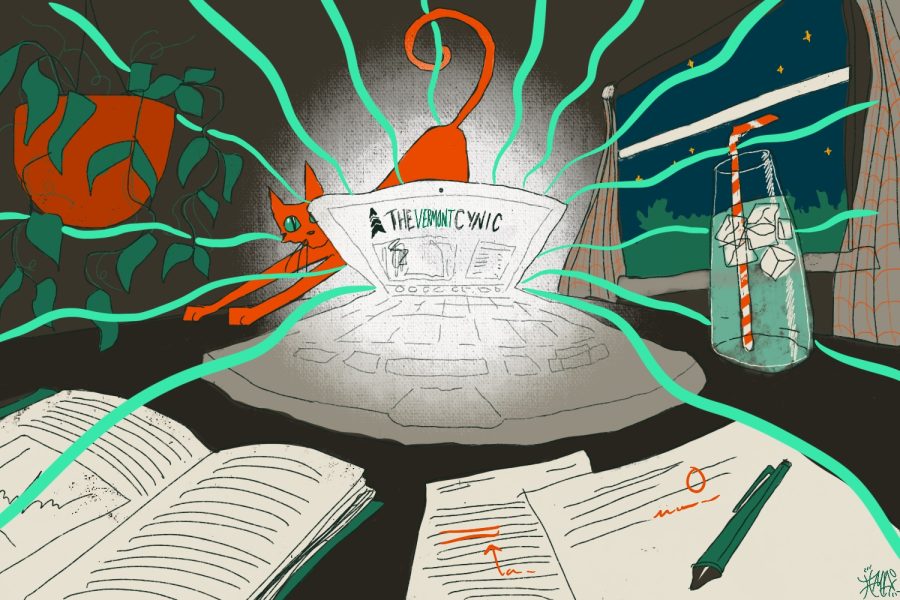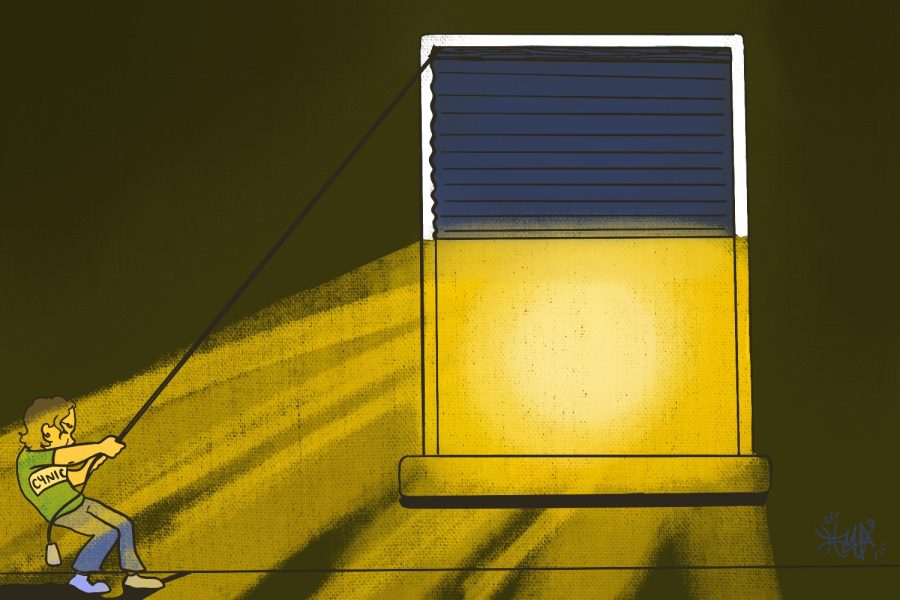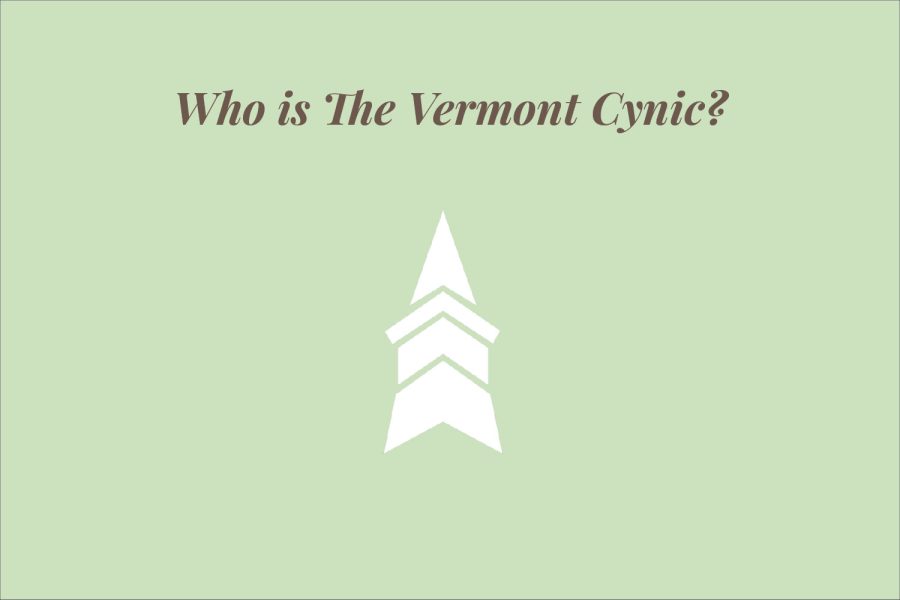Forty-seven years ago, the University ended a tradition that involved fraternity members dancing in blackface and satin tuxedos. It was called the Kake Walk, inspired by mid-19th century minstrel shows in Vermont.
It ended in 1969, the year after Martin Luther King, Jr. was assassinated and during the height of the civil rights movement.
Most people believe the civil rights movement of the 1960’s eradicated institutional racism. Though it made great steps toward doing so, recent demonstrations over race, such as those by the Black Lives Matter movement, show that race is still a contentious issue in the United States.
This is something we must address even here at UVM.
[media-credit name=”ALYSSA HANDELMAN” align=”alignnone” width=”211″]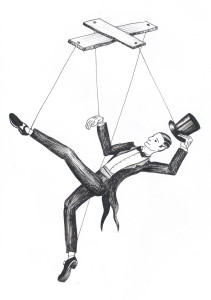 [/media-credit]
[/media-credit]
As junior Drew Cooper said, our University lacks diversity, making it difficult to see the complexity and nuances of the black experience.
The Kake Walk is a sensitive topic for many people, particularly black Americans, but we also must learn from our past.
As such, we can’t ignore the Kake Walk by relegating it to the depths of UVM history, forgotten and brushed off as a relic from a different era.
The Kake Walk was the longest running winter carnival in the country. Though some may write off the participants as naive students, unaware of the implications of their actions, it also engaged and was supported by faculty, staff and administrators.
This wasn’t a small event hosted by an insensitive few. It was part of a two-day winter festival that regularly drew more than 8,000 people, encouraged and endorsed by the University and alumni that came back, year after year.
It wasn’t until 1969 that the tides turned enough so that parading in blackface was finally seen as unacceptable.
As such a large part of our history, the burden falls to us to understand why it happened.
This isn’t to place undue blame on those who participated, but rather to examine the social and cultural norms that made the Kake Walk an acceptable, and even celebrated, event at UVM.
The Cynic has taken a strong stance on issues affecting our campus in the past, particularly in regard to institutions like the Kake Walk.
In a 1954 staff editorial, the Cynic wrote, “While we do not advocate the destruction of tradition solely for the sake of seeing it destroyed, neither can we allow its perpetuation when it is based exclusively on action of the past and when, in the name of ‘tradition,’ a grave social injustice is being committed.”
We still hold that to be true and, as we wrote then, “hope enlightenment will replace tradition.”
As one student said in our article, it’s an event that every student should know about.
We agree – spotted though it may be, we need to acknowledge our past, and come to terms with what that means for us today, and for any students who walk this campus in years to come.
The effects of discrimination linger long after the displays themselves have ended, and we have a responsibility to address them.
This is why the Cynic will be publishing a three-part series examining the history of race at our University, current diversity issues and what steps UVM will be taking in the future.





